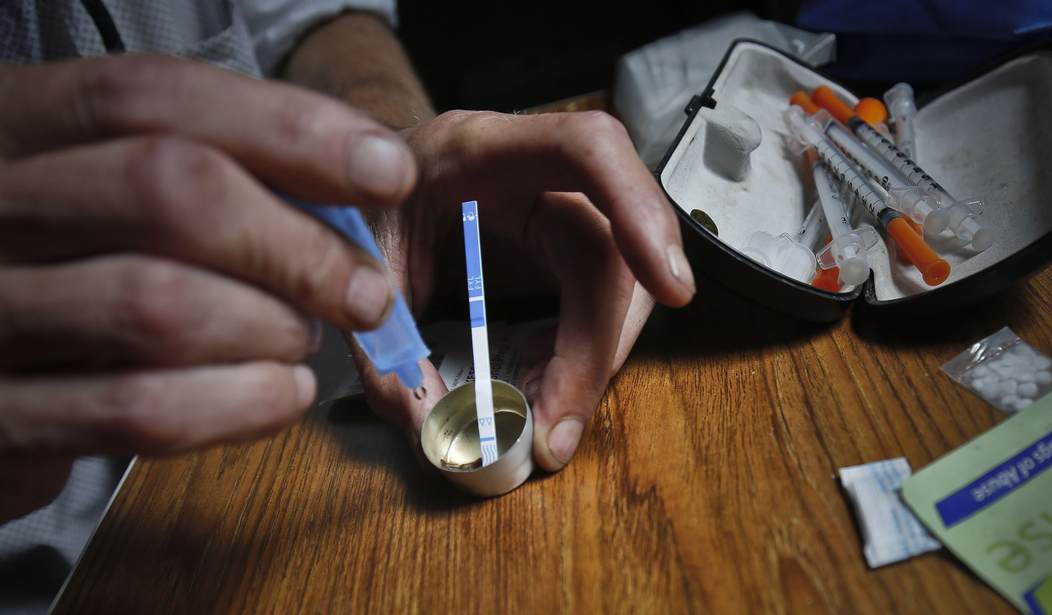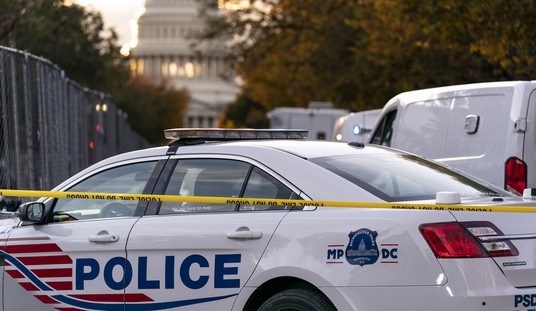As the worldwide coronavirus pandemic finally starts to subside, Americans may be tempted to breathe a sigh of relief that our country’s significant public health woes are behind us, at least for the time being. Unfortunately, that is not the case. The end of COVID-19 has instead brought the ongoing national health emergency of drug overdose deaths back into clearer focus. As policymakers turn their attention back to addressing this issue, they must be sure to direct resources where they are most needed.
Drug overdose deaths – especially those related to opioids – have been an issue our country has been grappling with for well over a decade. As part of the Trump administration’s response in declaring the national health emergency, they instituted policies that increased the oversight of opioid prescriptions written by health care providers, improved awareness and education of the public about the addictiveness of opioids, expanded treatment options for individuals suffering from addiction and increased efforts to stem and prosecute traffickers bringing illicit drugs into our country and into our communities.
These efforts led to some incremental success but the isolation and difficulty accessing treatment programs that resulted from pandemic lockdowns reversed much of the progress that had been made. The latest numbers released in November 2021 showed drug overdose deaths for the prior 12-month period reached over 106,000, an all-time high for the United States.
Part of this issue could also be the fact that most of the focus to date in ending the opioid epidemic has been on pharmaceutical drugs. But overdose deaths have continued to climb while deaths due to prescription opioids have decreased significantly. In 2019 prescription opioids were dispensed at the lowest rate in 14 years while prescription opioid deaths decreased almost 20 percent in the two years prior. However, overdose deaths involving synthetic, illegal, street opioids, like fentanyl, increased over 25 percent during that same time period.
Recommended
A highly addictive and potent synthetic opioid that can be illicitly manufactured outside of the pharmaceutical industry, Mexican drug cartels have been flooding an almost endless supply of fentanyl across America’s southern border. As the Biden Administration considers lifting Title 42 which would further undermine America’s border security, a surge in the flow of migrants crossing the border would likely be followed by a surge in illicit fentanyl as well, and could further exacerbate this already alarming crisis.
Fentanyl can be easily pressed into counterfeit prescription pills or mixed with other drugs. This can be done with or without the users’ knowledge, to provide an increased high. A mere grain or two of fentanyl can be fatal and a national analysis by the Drug Enforcement Administration found that four of every 10 counterfeit prescription pills contained lethal doses of fentanyl. Given these alarming facts, it is not hard to see why the CDC now cites synthetic opioids, primarily illicitly manufactured fentanyl, as the main driver of increased overdose deaths – not prescription opioids.
Ultimately, the answer to finally ending the scourge of opioid addiction in the United States is not simply to stop prescribing opioids. These drugs have been prescribed and dispensed to the almost 50 million Americans suffering from chronic pain or other physical or mental maladies and continue to serve a legitimate medical need. The answer instead, is three-fold.
First, states must increase the education of the public to end the cycle of addiction, particularly about the danger of purchasing illicit street drugs that are now laced with deadly fentanyl. Second, the 46 states, District of Columbia, and numerous tribal and territorial governments that opted into the recently finalized $26 billion settlement with opioid manufacturers and distributors should use these immediate resources to develop and provide quality, affordable treatment programs for those that suffer from substance use disorder. Given the fact that under the current settlement at least 85% of the money must be earmarked for the prior two remedies, this should provide a promising jumpstart to such programs. Lastly, the United States must be more aggressive in stemming the increasing flow of illicit drugs, including fentanyl, into the country and ultimately into our communities.
The opioid epidemic has cost too many American lives. Now, more than ever, our federal, state and local governments must come together to end it once and for all.
























Join the conversation as a VIP Member